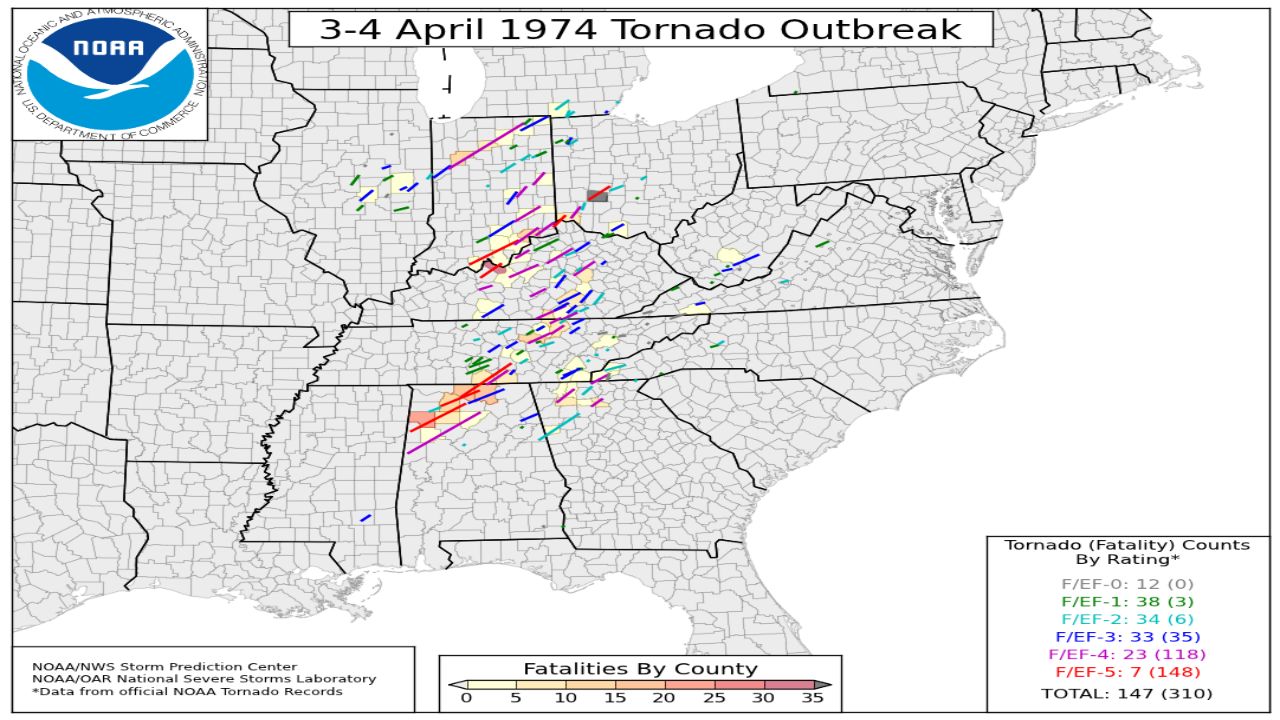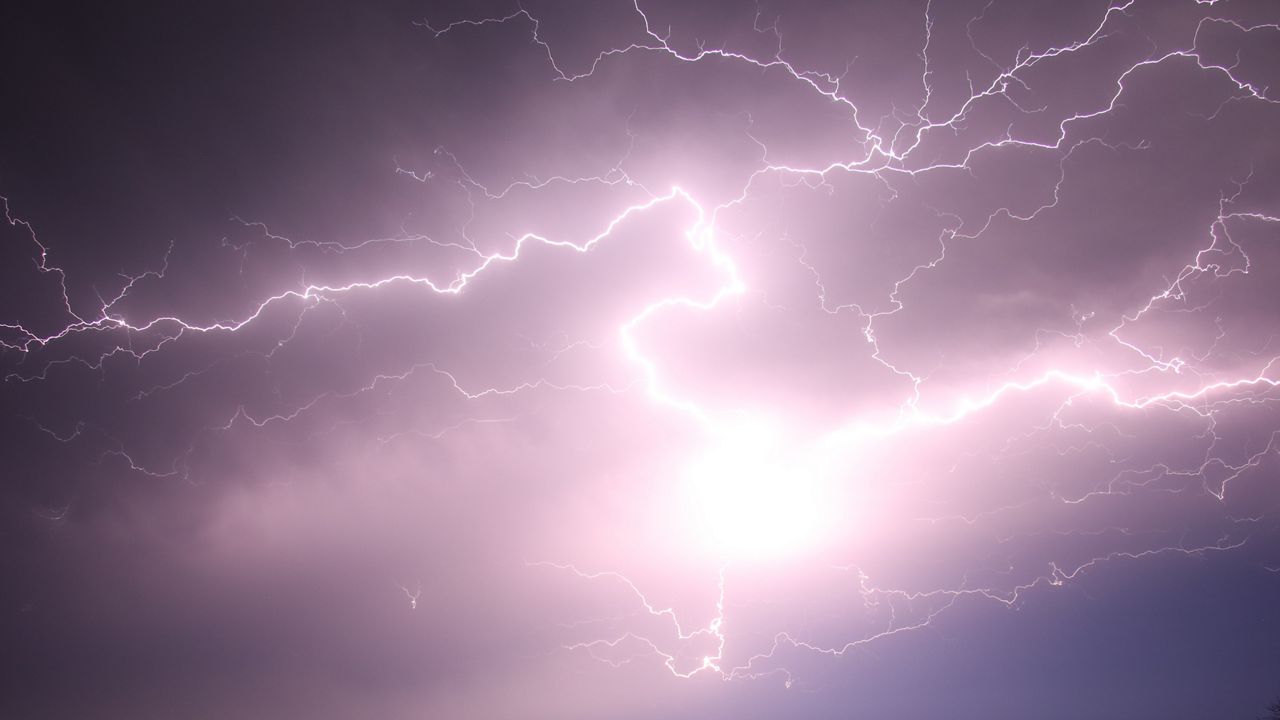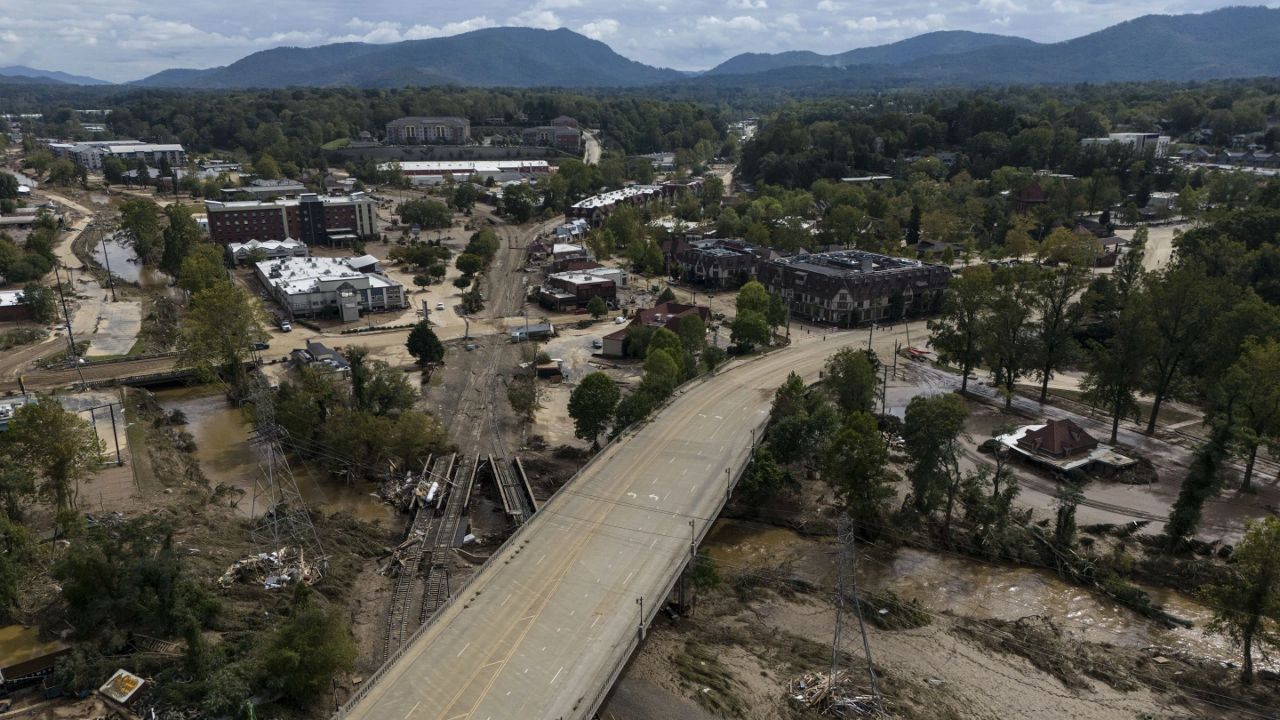For almost 40 years, it was simply called the Super Outbreak. It was a weather event like none other when it happened, spawning more than 100 tornadoes.
On April 3 and 4, 1974, 50 years ago today, a powerful storm system made its way across the United States and into the Ohio and Tennessee valleys. The system produced widespread severe thunderstorms, and some of the strongest storms produced tornadoes.
In a period of less than 24 hours, the system produced 148 confirmed tornadoes across 13 U.S. states and Ontario, Canada. The first tornado occurred in northern Illinois and was a short-lived system. Other, more powerful tornadoes continued to form into the afternoon and evening hours of April 3. At one point, there were 15 tornadoes confirmed on the ground at the same time during the outbreak.
This weather event marked the first time in recorded history that more than 100 tornadoes occurred in less than 24 hours.
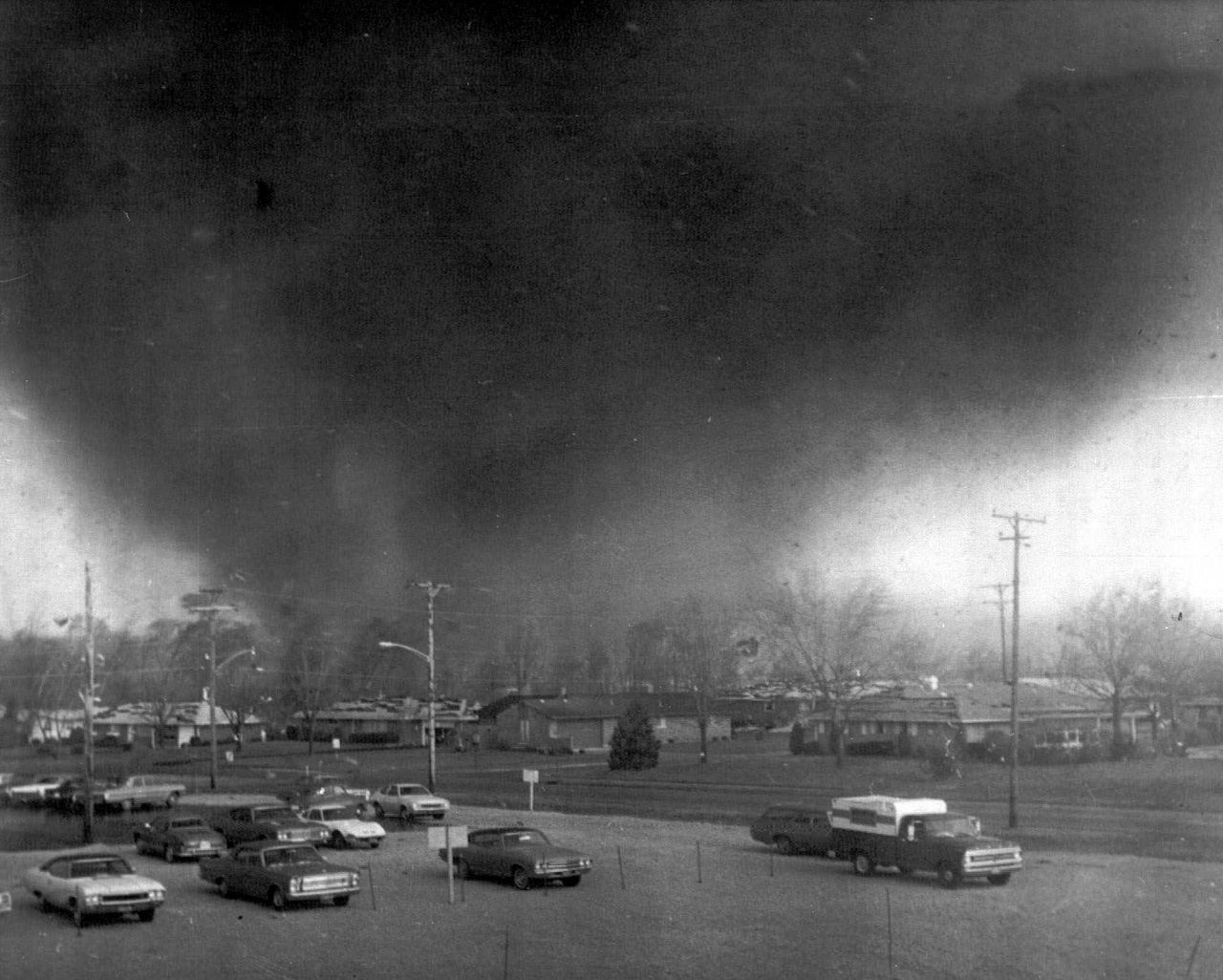
One of the hardest hit towns was Xenia, Ohio. A devastating F5 tornado destroyed a large portion of the town and caused 32 fatalities. Other significant F5 tornado occurred in Brandenburg, Kentucky, where 31 deaths were reported.
In all, the storms caused 315 fatalities along with 5,484 injuries. Damages estimates were more than $600 million. That's $3.7 billion in today's currency.
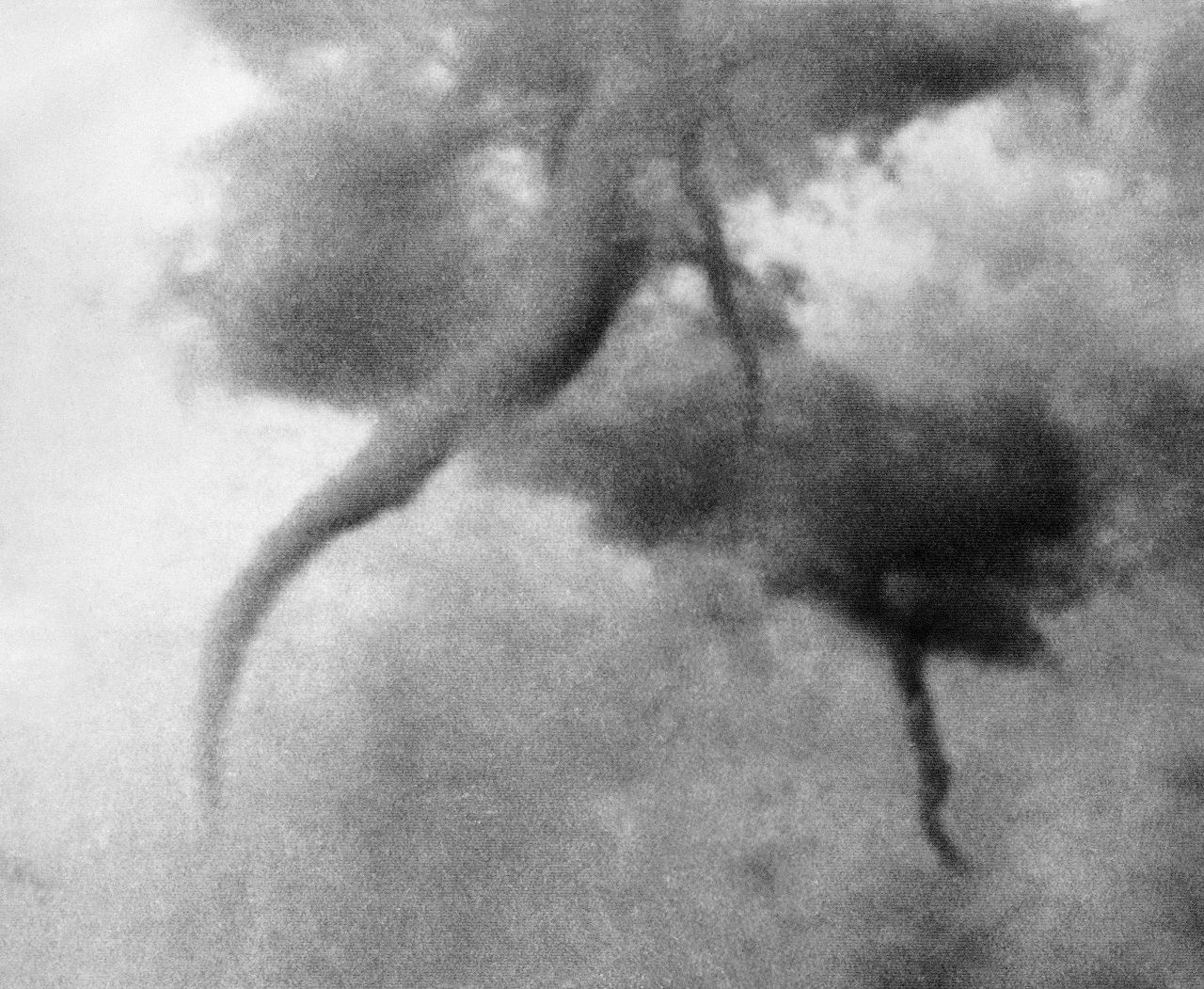
When the storm surveys were completed, seven tornadoes were rated as F5. An F5 tornado rating means the winds were estimated to be in excess of 200 mph. Twenty-three were rated as F4 and 35 were rated at F3 strength. All are considered significant tornadoes with those ratings. This is before the Enhanced Fujita Tornado Scale was started in 2007.
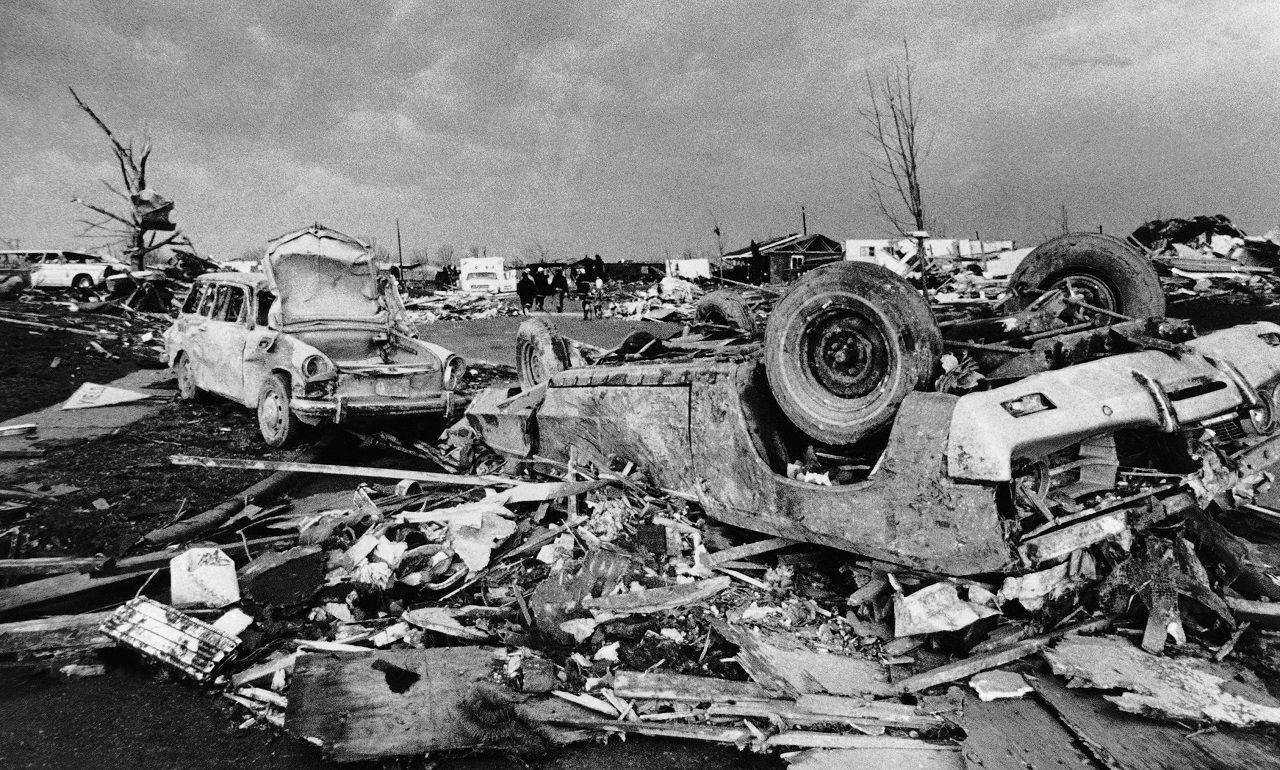
The final two tornadoes of the outbreak occurred in North Carolina on the morning of April 4. The 148th and final tornado of the outbreak, was reported in Caldwell County in the North Carolina foothills.
In April 2011, the term "Super Outbreak" was no longer used to identify this severe weather event. It is now referred to at the "1974 Super Outbreak." On April 25-28, 2011, a weather system produced 360 tornadoes in a three-day period across the deep south. This event is called the "2011 Super Outbreak." That event occurred less than two weeks after the April 16, 2011 tornado outbreak that impacted central and eastern North Carolina.




